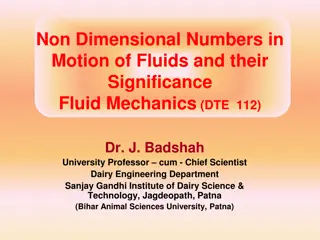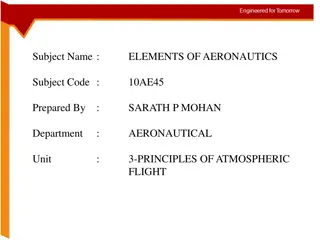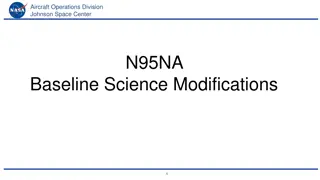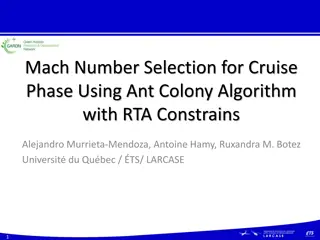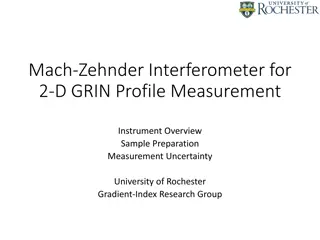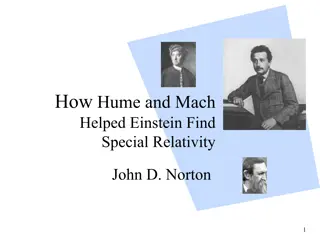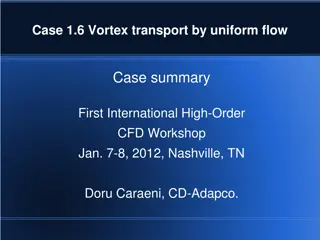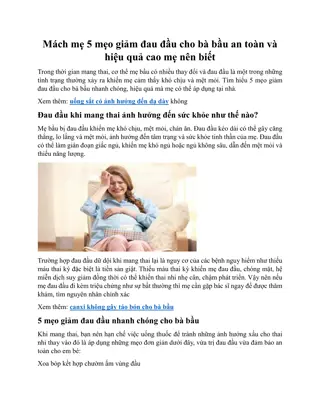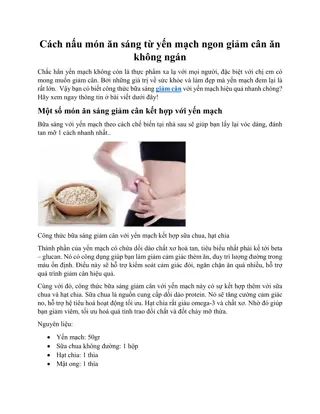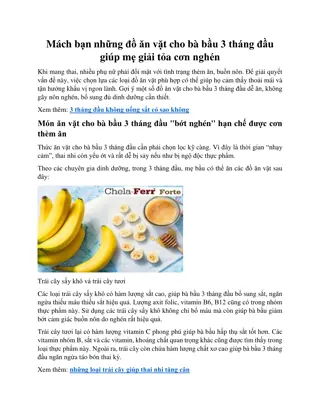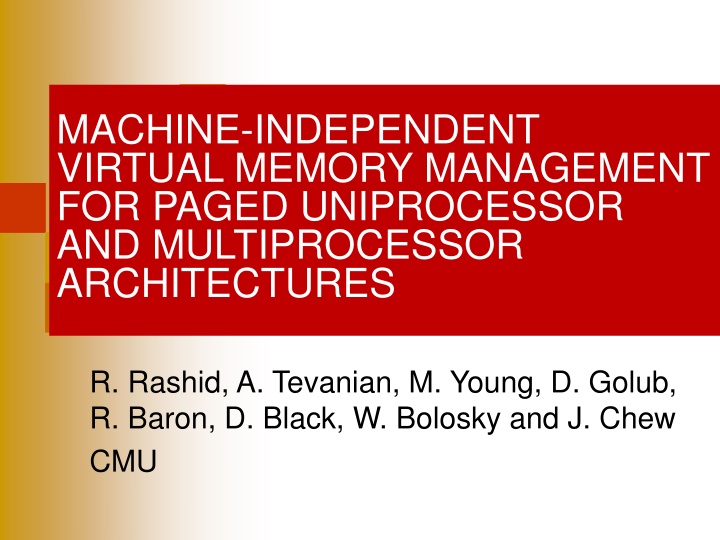
Machine-Independent Virtual Memory Management Overview
This paper presents the Mach virtual memory system focusing on issues like external pagers, inheritance concept, and copy-on-write. It aims to be as portable as UNIX while supporting mapped files, threads through page inheritance, and multiprocessing in both uniprocessor and multiprocessor architectures.
Download Presentation

Please find below an Image/Link to download the presentation.
The content on the website is provided AS IS for your information and personal use only. It may not be sold, licensed, or shared on other websites without obtaining consent from the author. If you encounter any issues during the download, it is possible that the publisher has removed the file from their server.
You are allowed to download the files provided on this website for personal or commercial use, subject to the condition that they are used lawfully. All files are the property of their respective owners.
The content on the website is provided AS IS for your information and personal use only. It may not be sold, licensed, or shared on other websites without obtaining consent from the author.
E N D
Presentation Transcript
MACHINE-INDEPENDENT VIRTUAL MEMORY MANAGEMENT FOR PAGED UNIPROCESSOR AND MULTIPROCESSOR ARCHITECTURES R. Rashid, A. Tevanian, M. Young, D. Golub, R. Baron, D. Black, W. Bolosky and J. Chew CMU
Paper overview Presents the Mach virtual memory system Three most important issues: External pagers to support mapped files Concept of inheritance Copy on write Shortened version of Avadis Tevanian s dissertation
General Objectives To be as portable as the UNIX virtual memory system while supporting more functionality: Mapped files Threads through page inheritance To support multiprocessing, distributed systems and large address spaces
VM and I/O Buffering (I) Current situation: Process in main memory System calls Virtual Memory I/O buffer Swap area Disk Drive
VM and I/O Buffering (II) In a VM system, we have Implicit transfers of data between main memory and swap area (page faults, etc.) Implicit transfers of information between the disk drive and the system I/O buffer Explicit transfers of information between the I/O buffer and the process address space
VM and I/O Buffering (III) I/O buffering greatly reduces number of disk accesses Each I/O request must still be serviced by the OS: Two context switches per I/O request A better solution consists of mapping files in the process virtual address space
Mapped files (I) Process in main memory Usual VM Pager External Pager Swap area Disk Drive
Mapped files (II) When a process opens a file, the whole file is mapped into the process virtual address space No data transfer takes place File blocks are brought in memory on demand File contents are accessed using regular program instructions (or library functions) Shared files are in shared memory segments
Mach implementation Process virtual address space Usual VM Pager External Pager Swap area File System
Comments Solution requires very large address spaces Most programs will continue to access files through calls to read() and write() Function calls instead of system calls Two major problems Harder to know the exact size of a file Much harder to emulate the UNIX consistency model in a distributed file system How can we have atomic writes?
Threads Also known as lightweight processes Share the address space of their parent Can be Kernel-supported Implemented at user level Kernel-supported threads are essential in multiprocessor architectures
Mach VM user interface Consistent on all machines supporting Mach: including the features that cannot be efficiently implemented on a specific hardware Full support for multiprocessing: thread support, efficient data sharing mechanisms, etc.. Modular paging: external pagers are allowed to implement file mapping or recoverable virtual memory (for transaction management).
VM IMPLEMENTATION Main implementation problem was hardware incompatibilities BSD VM implementation was tailored to VAX hardware (and its lack of a page-referenced bit) Mach designers wanted a design that would be architecture neutral Many competing microprocessor architectures were then available
Data structures Resident page table: keeps track of Mach pages residing in main memory Memory object: a unit of backing storage such as a disk file or a swap area Address map: a doubly linked list of map entries each of which maps a range of virtual addresses to a region of a memory object P-map: the memory-mapping data structure used by the hardware
The The big big idea idea The address map First Current Last First VM Object Protection Inheritance Previous From To VM Object Protection Inheritance Previous From To Offset Offset Next Next could map code segment (inheritance = share) could map stack segment (inheritance = copy)
Protection One protection field per range of pages Combination of read, write and execute permissions Comprises The current protection of pages in the range, Their maximum protection Current protection cannot include permissions that are not included in the maximum protection (!!!) Cannot grant more rights than a given maximum
Inheritance (I) After a regular UNIX fork() code segment is shared between parent and child child inherits a copy of data segment of parent Mach inheritance attribute specifies if pages in a given range of addresses are to be shared, copied or ignored
Inheritance (II) Pages of a mapped file are always shared between parent and child to preserve file sharing semantics Pages in the data segment can either be copied to maintain UNIX fork() semantics shared if we want to create a thread instead of a regular UNIX process
Lazy evaluation Mach VM system postpones execution of tasks whenever possible Approach is based on the belief that task is likely to become unnecessary copying whole data segment of parent process in a fork() that is very likely to be followed by an exec() Mach uses copy-on-write
Copy on write (I) Already present in Accent Best solution for efficient implementation of UNIX fork() When Mach is told to copy a range of pages, it lets processes share the same copy of each page but traps write accesses Only pages that are modified are copied
Copy on write (II) Process A and B share a range of pages X X COW creates new copy Process B tries to modify shared page
Copy-on-write (III) Uses shadow objects to keep track of which pages were modified after a copy-on-write fault Only contain pointers to modified pages Shadow objects can themselves be shadowed by future copy-on-write faults Creates shadow chains That s all you need to know.
Page replacement policy (I) Global pool of pages FIFO Expelled pages Reclaimed pages Global Queue Disk
Page replacement policy (II) Similar to that of VAX VMS Requires little hardware support Major change is global FIFO pool replacing resident sets of all programs Much easier to tune Does not support real-time processes Can use external pagers
Locks and deadlocks Mach VM algorithms rely on locks to achieve exclusive access to kernel data structures Price to pay for a parallel kernel To prevent deadlocks, all algorithms gain locks using the same linear ordering Well known deadlock prevention technique
Miscellanea Total size of the machine-dependent part of Mach VM implementation is about 16 Kbytes. Copy-on-write is used to implement efficient message passing : Messages are shared by sender and receiver until either of them modifies the data. Shared libraries are supported through the mapped file interface
Problem with inverted page table IBM RT had a single inverted page table for its whole memory One page table entry per page frame A page frame could not belong to two processes at the same time Cannot implement shared pages in an efficient fashion Mach still offers the feature
FINAL COMMENTS Paper is hard to read but covers a lot of ground You should at least understand mapped files external pagers and memory objects the concept of inheritance copy-on-write the Mach page replacement policy
More about Mach Mach provides UNIX emulation through either a UNIX emulator in the kernel a UNIX emulation server in user space Even tried to emulate UNIX through a set of specific servers, all in user space GNU s HURD




